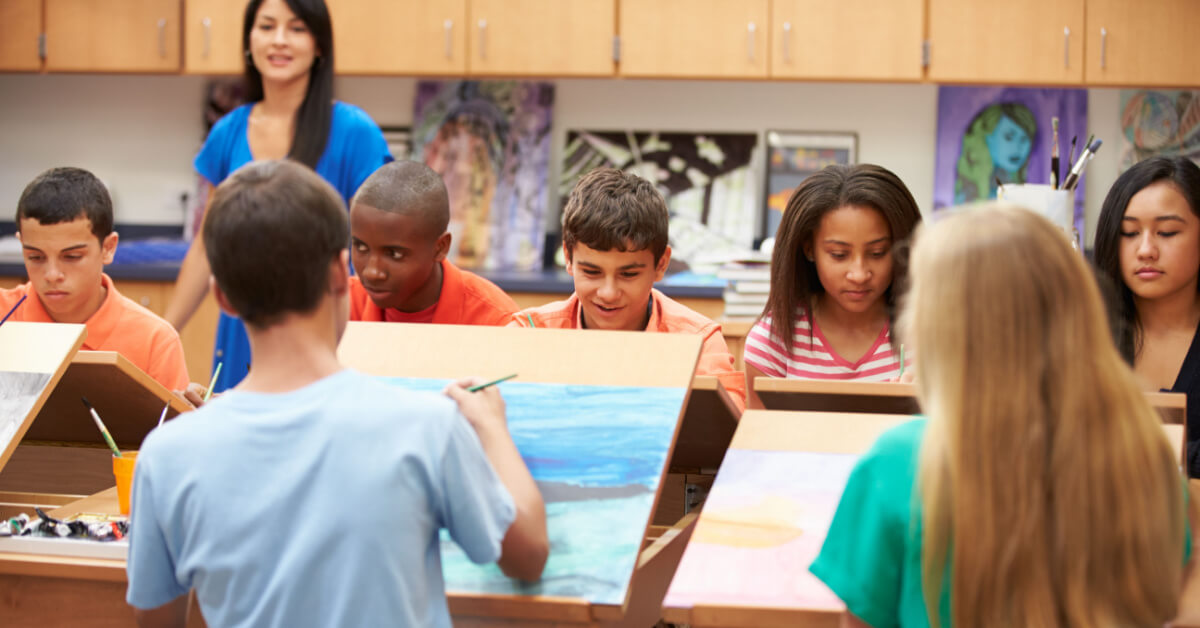February 1, 2023
The first part of this series spoke about the traditional Visual Arts Canon as a bastion of the “old white guy club.” It tackled how to embed Identity within the visual arts curriculum by using competencies to deepen the learning process for our students. By connecting 21st-century skills to the art process, we are not only giving our students a fantastic art education but also the ability to succeed in any future venture. Embedding Identity gives students a chance to broaden their perspective on how people look at and experience the world around them.
During the second part of this three-part series, I outline how we can embed Diversity into the visual arts curriculum and use competencies to broaden student experiences.
Diversity has many different definitions, but I particularly like Cooperative Extension’s definition: “Diversity is the presence of differences that may include race, gender, religion, sexual orientation, ethnicity, nationality, socioeconomic status, language, (dis)ability, age, religious commitment, or political perspective.”
The range of human differences (race, ethnicity, age, etc.) means there are people who have been and remain underrepresented in many institutions and broader society. Diversity typically references those who have been traditionally marginalized. A…


